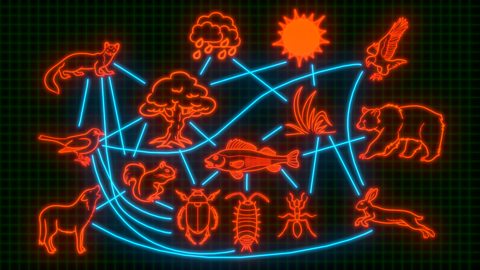Video summary
Humans can have an impact on ecosystems and the environment.
The penguins of Boulders Beach, Simons Town, South Africa currently live in harmony with humans but despite this harmony the penguin populations is declining.
The penguins droppings, guano, makes a good fertiliser and the collection of it by humans was having a negative impact on the penguins and their nesting habits until regulations were brought in.
There is evidence that human activity is affecting climate change and in turn having an impact on the penguins food source.
Competition with humans and an oil spill in 2000 have also had a negative impact on the penguin population.
However since Boulders beach has become a nature reserve, it has boosted the local economy through tourism.
We can also have a positive effect on the environment by the actions we take and the way we live - no matter how small.
This clip is from the series Natural world of plants and wildlife.
Teacher Notes
Pupils could be asked to list the ways humans have an impact on the environment both in their local community and on a global scale.
Pupils could then design a poster or have a class discussion on what we can do to limit our impact on our environment.
This clip will be relevant for teaching science at Key Stage 2 and Key Stage 3 in England, Wales and Northern Ireland or Second/Third Level in Scotland.
How animals have adapted. video
A look at a selection of animals, investigating how they have adapted to their environments.
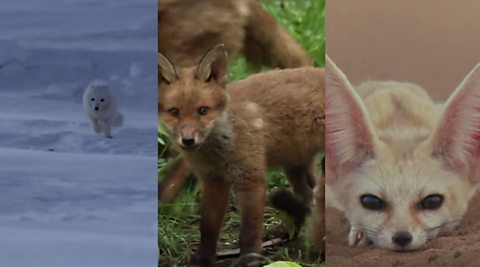
Classification of organisms. video
A look at how fish, reptiles, mammals and birds are classified into groups based on shared characteristics.
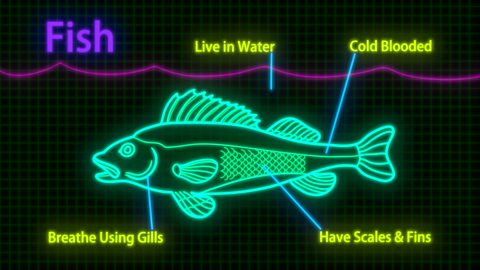
The life cycles of different organisms. video
A look at the life cycles of a range of organisms including a mammal, an amphibian, an insect, a flowering plant, a bird and a human.
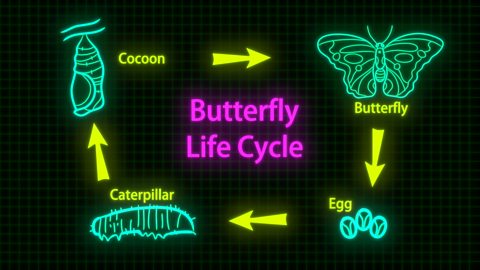
How plants and animals reproduce. video
An investigation into the many different ways animals and plants reproduce.

Food chains and food webs in animals. video
How energy is transferred through food chains and food webs via producers, primary and secondary consumers, predator, prey and decomposers.
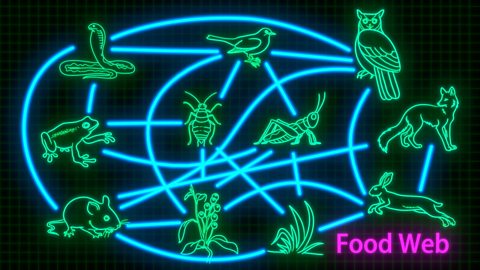
The connections within ecosystems. video
An introduction to the concept of an ecosystem, exploring different types and looking at the connections between the living and non-living components of an ecosystem.
